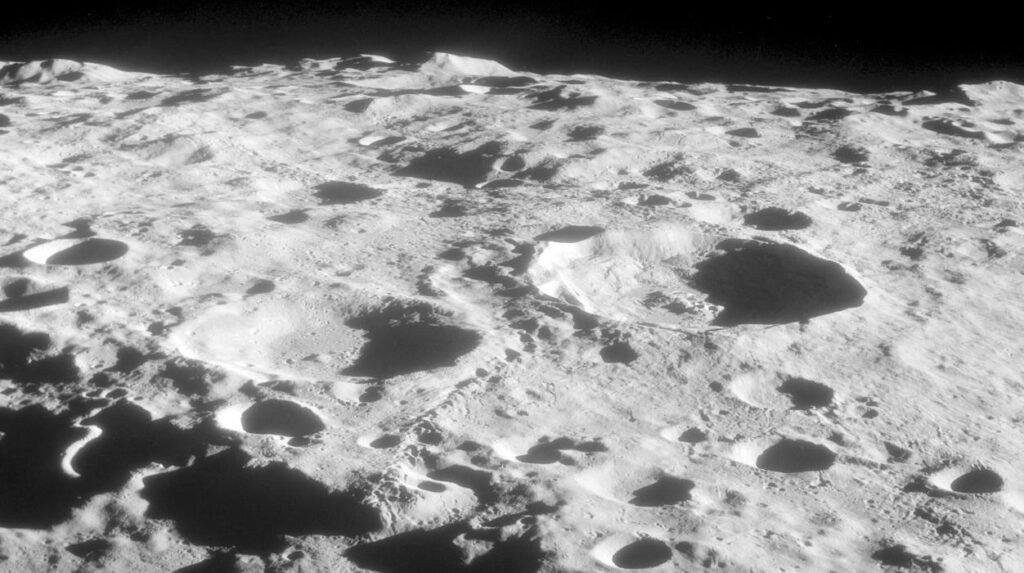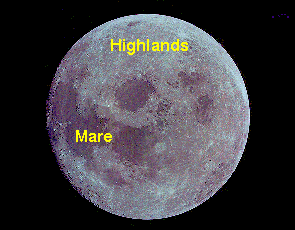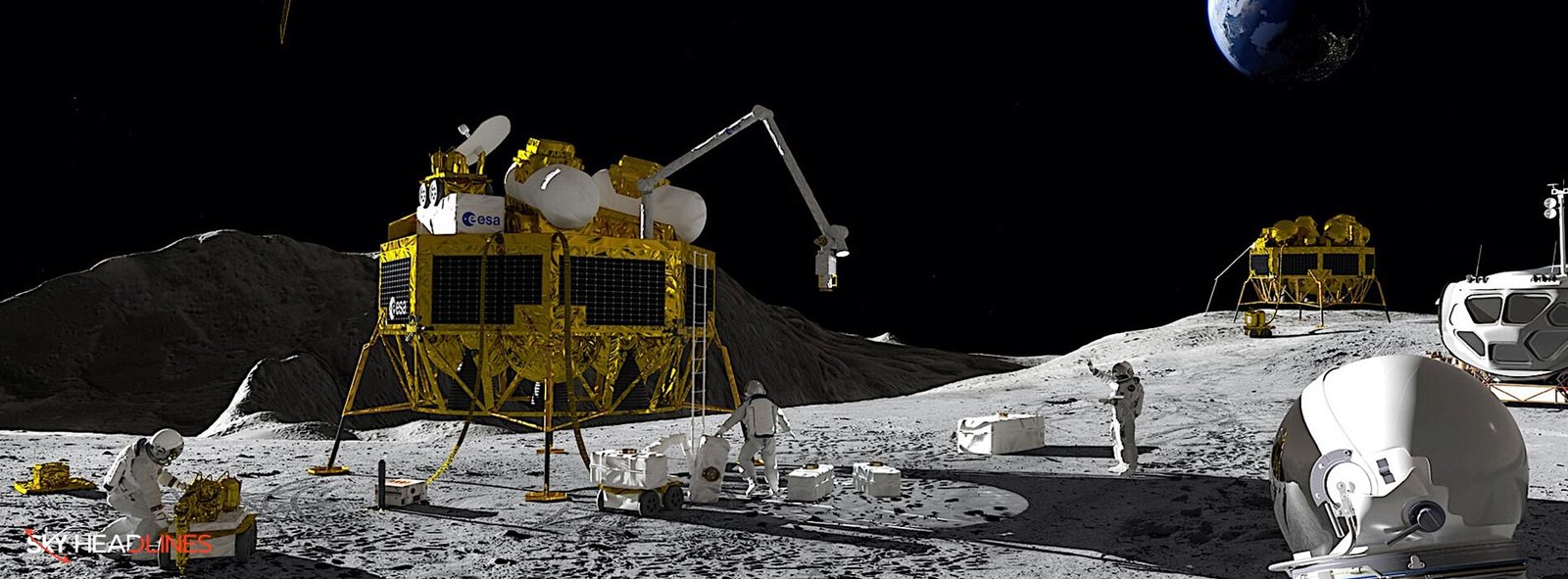Lunar Surface
The lunar surface, Earth’s celestial companion, has been a focal point of human fascination for centuries. Its serene glow in the night sky has served as inspiration for myths, art, and scientific exploration. Among the most captivating aspects of our cosmic neighbor is its enigmatic lunar surface—a landscape both familiar and alien, marked by craters, mountains, and vast plains, concealing tales of cosmic history and holding immense potential for future human exploration.
What is the Surface of the Moon Called?
The surface of the Moon is called the lunar surface. It is a barren and cratered landscape, covered in a fine layer of dust called regolith. The regolith is made up of pulverized rock and glass and is constantly bombarded by micrometeorites. The most striking feature of the lunar surface is its vast collection of craters, which range in size from tiny pits to massive basins that are hundreds of kilometers across.
Lunar Surface: A Barren and Cratered Landscape
From Earth, the Moon appears as a smooth, cratered orb. But up close, the lunar surface is a harsh and unforgiving landscape. It is covered in a fine layer of dust called regolith. Micrometeorites constantly bombard this regolith, creating a continual rain of tiny impacts that further erode the surface.
This continuous bombardment and the extreme conditions of the lunar environment, such as extreme temperature fluctuations and the absence of an atmosphere, have shaped the Moon’s desolate and barren landscape.

Lunar Surface Views: A Canvas of Plains, Mountains, Valleys, and Craters
The lunar surface is a barren and desolate yet mesmerizing canvas. Composed mainly of rocky terrain, its topography comprises plains called Maria (Latin for seas), mountains, valleys, and numerous craters. These features bear witness to a tumultuous past shaped by asteroid impacts, volcanic activity, and cosmic weathering.
Highlands and Maria: Two Distinct Geological Regions
The lunar surface is divided into two distinct geological regions: the highlands and the Maria. The highlands are the older, more heavily cratered regions of the Moon. Anorthosite, a light-colored rock rich in plagioclase feldspar, makes up their composition. The Maria are the darker, smoother regions of the Moon. Basalt, a rock rich in iron and magnesium, makes up their composition.

Highlands and Maria: Formation Theories
Mountains and Rilles: Lunar Elevations and Valleys
Beyond the flat plains and impact craters, the moon hosts mountain ranges that rival some of Earth’s highest peaks. Intense tectonic activity and the impact of ancient collisions formed these lunar mountains, including the Apennine and Caucasus ranges.
Moreover, the moon possesses sinuous valleys known as Rilles, believed to be remnants of collapsed lava tubes or channels carved by flowing molten rock during volcanic eruptions. These structures add complexity and intrigue to the lunar surface, inviting further exploration and study.
Lunar Surface: A Treasure Trove of Scientific Knowledge
The lunar surface has been the subject of intense scientific scrutiny for decades. Unmanned missions like the Apollo landings and robotic probes like the Lunar Reconnaissance Orbiter have provided a wealth of data on the Moon’s geology, composition, and history. This knowledge has not only deepened our understanding of the Moon itself but also shed light on the formation and evolution of our solar system.
Lunar Surface: A Gateway to Future Exploration
The lunar surface holds immense potential for future human exploration. With its abundance of resources, such as water ice and potential energy sources, the Moon could serve as a stepping stone for further space exploration and even permanent human habitation.
The Moon’s unique environment and geological features offer a wealth of opportunities for scientific research, including studies of cosmic radiation, planetary formation, and the potential for life beyond Earth. As we continue to explore the lunar surface, we will undoubtedly uncover new mysteries and deepen our understanding of our place in the cosmos.
Exploring the Lunar Surface
Humans have long gazed upon the Moon, captivated by its ethereal glow and enigmatic presence in the night sky. In 1969, we took a giant leap toward understanding our celestial companion when Neil Armstrong and Buzz Aldrin became the first humans to set foot on the lunar surface. Since then, a fleet of robotic missions has ventured to the Moon, unraveling its geological secrets and revealing a world far more complex than once imagined.
Unveiling Lunar Mysteries: A Geological Tapestry
The lunar surface is a canvas of ancient history, etched with the scars of countless impacts and volcanic eruptions. Two distinct terrains divide its surface: the heavily cratered highlands and the smooth, dark mare basins. These Maria, formed by ancient lava flows, are home to some of the most intriguing features on the Moon, including vast plains, sinuous Rilles, and enigmatic domes.
Lunar Samples: Keys to Understanding
One of the most significant milestones in lunar exploration was the collection of samples during NASA’s Apollo missions. These precious rocks and soil, gathered from various lunar surface locations, have provided invaluable insights into the Moon’s composition, age, and formation.
Isotopic dating of lunar samples has provided a timeline for the Moon’s formation, suggesting that it originated approximately 4.5 billion years ago, not long after the birth of our solar system. This makes the Moon one of the oldest celestial bodies in our neighborhood, its surface bearing witness to the early evolution of the solar system.
Lunar Water: A Surprising Discovery
For decades, the Moon was considered a barren, waterless world. However, recent missions and research have unveiled the presence of water ice in permanently shadowed craters near the Moon’s poles. This discovery has revolutionized our understanding of the Moon and its potential for future exploration.
Water, essential for sustaining life, is a precious resource in space. Its presence on the Moon opens up exciting possibilities for future missions, including the establishment of a permanent lunar base. Extracting and utilizing this water could provide drinking water and oxygen for astronauts, serve as a source of fuel for spacecraft, and enable the production of construction materials for lunar habitats.
The Future of Lunar Exploration
Key objectives of future missions include:
- Detailed Mapping and Characterization: Creating comprehensive maps of the lunar surface at high resolutions, identifying potential landing sites, and exploring regions of scientific interest.
- Resource Exploration: Assessing the extent and distribution of lunar resources, including water ice, minerals, and potential energy sources.
- Technology Development: Testing new technologies for lunar exploration, such as autonomous rovers, advanced excavation tools, and in-situ resource utilization (ISRU) systems.
Conclusion
The lunar surface, with its rugged terrain and intriguing history, remains an object of profound scientific interest and human fascination. Its exploration not only unravels cosmic mysteries but also serves as a stepping stone for humanity’s expansion into the cosmos. As we stand on the cusp of a new era of lunar exploration, driven by technological advancements and collective determination, the moon beckons us to delve deeper into its mysteries, inspiring us to reach beyond our earthly confines and venture into the vastness of space.





